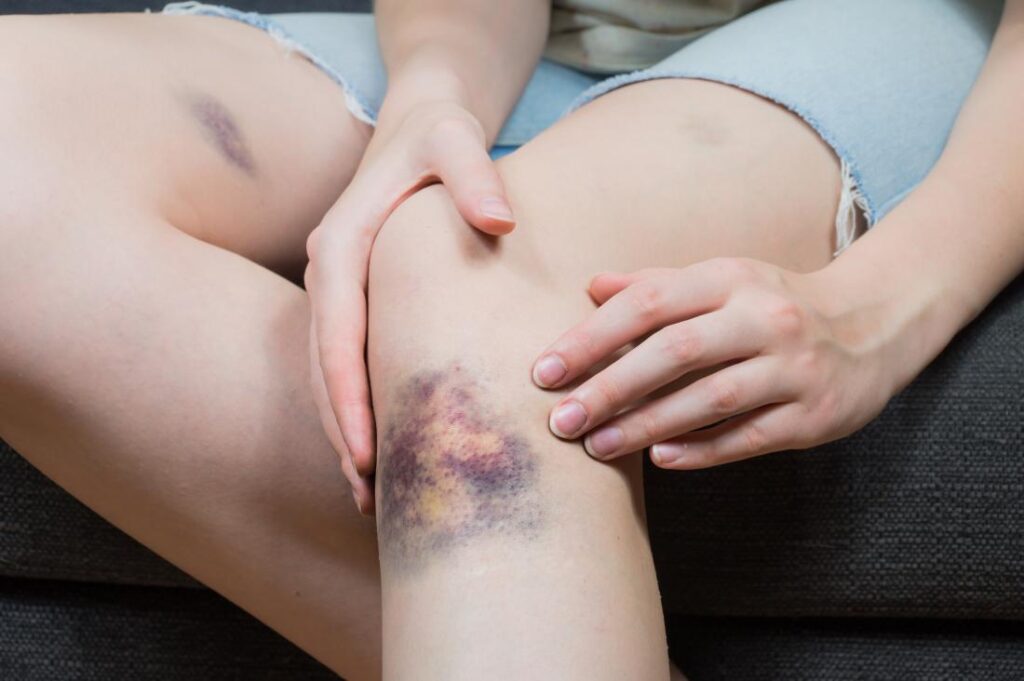Hemophilia, a rare genetic bleeding disorder, affects the body’s ability to clot blood properly. Identifying the early warning signs is crucial for early diagnosis and effective management. In this blog, we will explore the key indicators that can help individuals and their loved ones recognize the presence of hemophilia.

Understanding Hemophilia: Hemophilia is primarily characterized by excessive bleeding and delayed clotting, which can lead to prolonged bleeding episodes. While the severity of symptoms varies, it is vital to familiarize ourselves with the early warning signs. Hemophilia is usually an inherited condition, primarily affecting males, although females can be carriers. Let’s delve into the red flags that may suggest the presence of hemophilia and prompt medical attention.
- Frequent and Unexplained Bruising: One of the initial indicators of hemophilia is unexplained bruising that occurs easily and frequently. Small bumps or minor injuries can lead to disproportionately large bruises. These bruises may also take an extended period to heal compared to those experienced by individuals without the disorder. Pay attention to recurring instances of spontaneous bruising, even with minimal trauma, as it may signal an underlying bleeding disorder like hemophilia.
- Prolonged Bleeding: Individuals with hemophilia may experience prolonged bleeding after minor cuts, dental work, or surgical procedures. Bleeding may take longer than usual to stop or may reoccur even after initial clotting. It is essential to differentiate between normal bleeding and prolonged bleeding, which may require immediate medical attention. If you notice excessive blood loss or difficulty controlling bleeding, it is advisable to consult a healthcare professional promptly.
- Joint Pain and Swelling: Hemophilia can lead to internal bleeding within joints, resulting in pain, swelling, and stiffness. This commonly affects the knees, elbows, and ankles. If you or your loved one experiences recurring joint pain or swelling without apparent injury or strenuous activity, it could be an indication of hemophilia. Seeking medical advice is crucial as untreated bleeding within the joints can lead to long-term joint damage and decreased mobility.
Being aware of the early warning signs of hemophilia can facilitate early diagnosis and effective management, ensuring better overall health outcomes. Frequent and unexplained bruising, prolonged bleeding after minor injuries or procedures, and joint pain and swelling are significant indicators that warrant medical attention. If you or someone you know experiences these symptoms, seeking advice from a healthcare professional is crucial for accurate diagnosis, appropriate treatment, and improved quality of life for individuals living with hemophilia.





